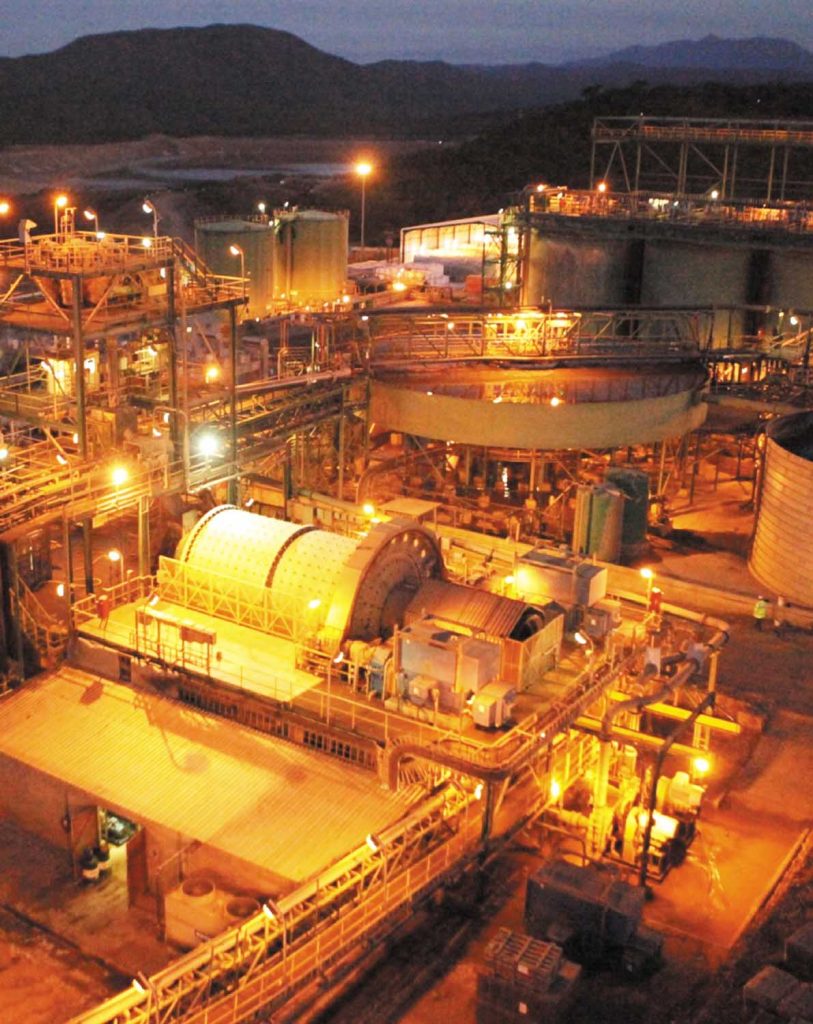
Mining & Trade News
Malawi Online News
Top Stories
Mining
Lotus accelerates Kayelekera restart preparations
March 12, 2024 / Modester Mwalija

ASX-listed Lotus Resources, which operates the Kayelekera Uranium Mine in Karonga, says it will accelerate Kayelekera restart activities targeting resumption of production in the fourth quarter of 2025 to benefit from strong current and forecast uranium market fundamentals.
Lotus MD Keith Bowes says this in a statement as the Company announces that it is undertaking a placement to strategic investors to raise US$30-million through the issue of 100 million new shares.
“We are pleased to secure US$30m through this Placement, allowing us to accelerate our activities around the restart at Kayelekera. The Placement has attracted significant interest from high calibre strategic investors who share our bullish view on uranium market fundamentals,” states Bowes.
He says the company aims to finalise financing and offtake for the project including appointing a debt advisor to assist in the financing process and negotiating offtake agreements with suitable parties that can strengthen its position.
Lotus also aims to finalize negotiations for a power supply and implementation agreement with Malawi’s electricity utility, Electricity Supply Corporation of Malawi (Escom).
“The agreement is key to achieving reduced operating costs announced in the Restart Definitive Feasibility Study in August 2022,”states Bowes.
Meanwhile, Lotus is also initiating a Front-End Engineering Design (FEED) program, which will provide reliable quotes from suppliers and further refine cost estimates, timeline and operation cost.
“These will confirm the upfront capital cost estimate for the plant refurbishment and new equipment installations such that a control budget can be prepared for the restart and validate the 15-month timeline initially determined for the refurbishment program,” says Bowes.
Lotus has also announced its intention to design an infill drill program, targeting the most economically viable parts of the resource. This program aims to upgrade the resource and convert it where necessary into Measured and Indicated (M&I) status. The results obtained from the drill program will play a vital role in preparing a new Mineral Resources Estimate, reflecting increased M&I resources.
Uranium prices have continued to rise as Kazakhstan’s state-owned Kazatomprom, the world’s largest uranium producer, stated that it would be unable to meet its production target for the next two years amid a shortage in inputs and construction issues.
This is added to Canadian Cameco’s outlook downgrade in September due to issues in key mines and uncertainty over French Orano’s output due to Niger’s military coup.
Additionally, Western utilities continues to voluntarily shun Russian uranium imports due to its invasion of Ukraine, while the US has moved closer to banning its imports.
In the meantime, ambitious de-carbonization goals has driven the US and 20 other countries to announce that their nuclear power will be tripled by 2050.
The large bets on nuclear energy are led by China, which is building 22 out of 58 global reactors, while Japan restarted projects to increase nuclear power output.































